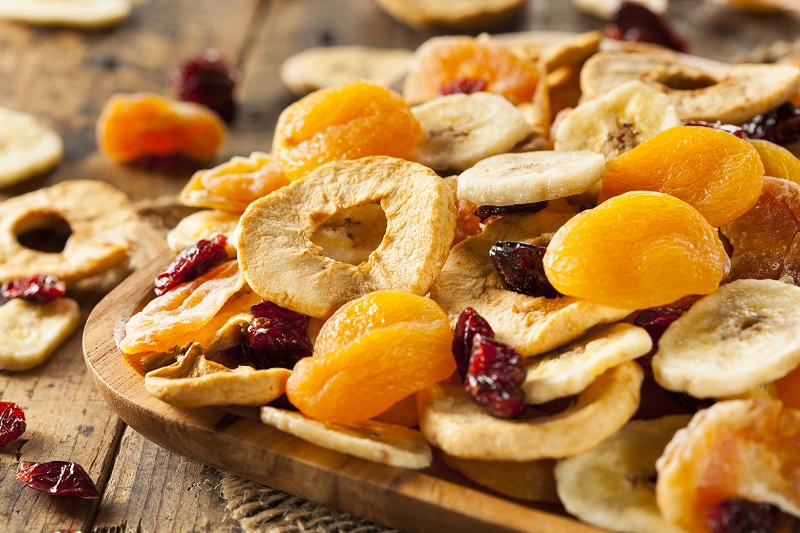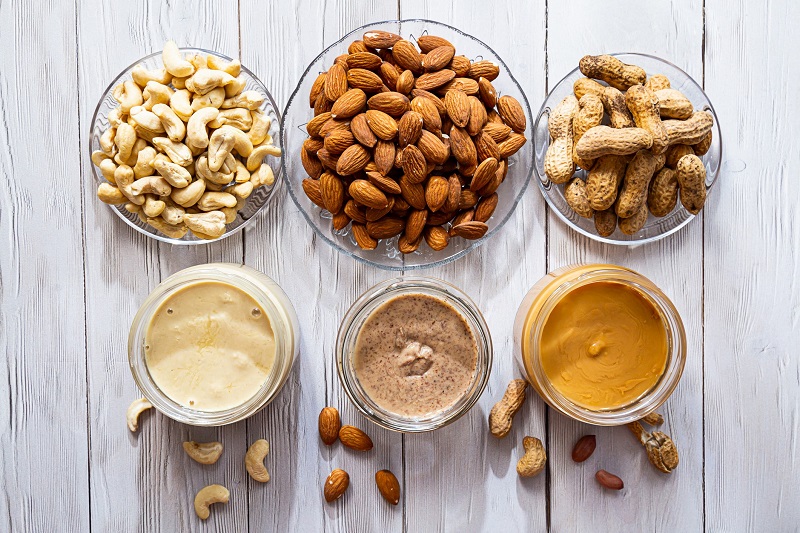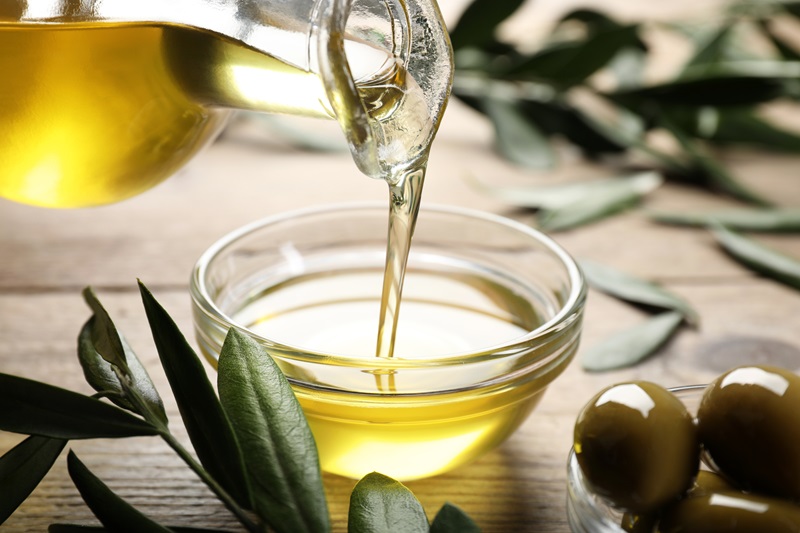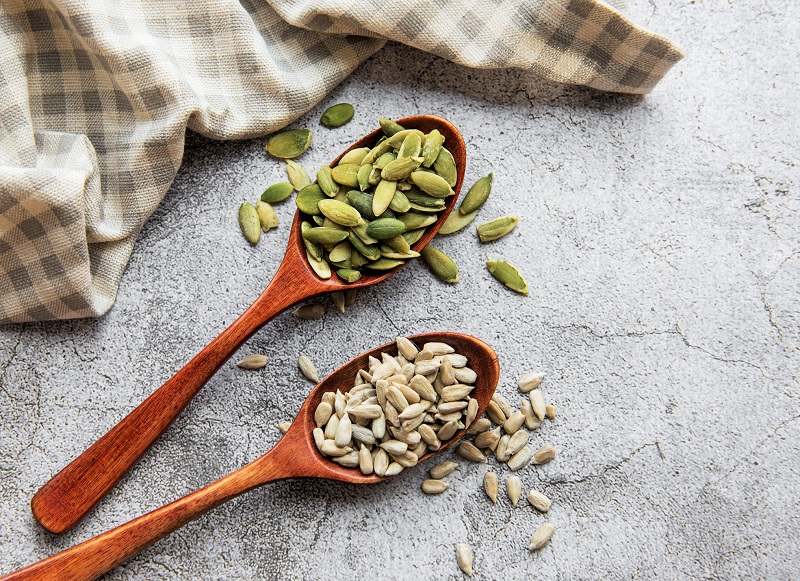Most people know that eating too many calories can lead to weight gain, but calories aren’t the only factor to consider when choosing healthy foods for weight loss. In fact, some high-calorie foods are healthy and packed with essential nutrients like vitamins, minerals and other compounds that support your health and keep you feeling full and satisfied.
The good news? You don’t have to avoid these healthy, high-calorie foods—they can absolutely be part of your weight-loss journey! The key is learning how to enjoy them in the right amounts to get their benefits without hindering your progress. To help, we’ve created a simple guide to choosing and using nutrient-dense, high-calorie foods to lose weight effectively.
Why Some Healthy Foods are High in Calories

Calories are the energy your body needs to function, and some healthy foods are naturally high in calories because they are rich in nutrients like healthy fats, proteins or carbohydrates. Foods such as nuts, avocados and olive oil are calorie-dense but packed with vitamins, minerals and essential nutrients that support overall health.
While these foods can be a valuable part of a weight loss diet, they should be eaten in moderation to avoid consuming more calories than your body needs. Balance is key to making these nutrient-rich options work for your goals. The Nutrisystem Grocery Guide simplifies healthy eating by helping you identify the right portion sizes for calorie-dense foods.
High-Calorie Healthy Foods to Eat in Moderation
1. Dark Chocolate

Serving size: 1 ounce
Why it’s healthy: Yes, we are telling you that eating dark chocolate is healthy! It contains nutrients such as polyphenols and flavonoids that support your immune system, protecting you from contagious diseases.
Eating dark chocolate “safeguards against cardiovascular diseases, certain types of cancers, and other brain-related disorders like Alzheimer’s disease and Parkinson’s disease,” says a study published in Current Research in Food Science. Dark chocolate has “anti-diabetic, anti-inflammatory, and anti-microbial properties. It also has a well-established role in weight management,” the researchers note.
The polyphenols in dark chocolate are antioxidant compounds that reduce cortisol, the stress hormone, so you feel more at ease even during difficult times and less likely to overeat unhealthy foods. Look for dark chocolate with 70 to 80 percent cacao, because it will be lower in sugar than 50 percent dark chocolate.
2. Dried Fruit

Serving size: ¼ cup
Why it’s healthy: Raisins and other dried fruits such as cranberries, apples, apricots and figs retain nearly all the vitamins and minerals found in the fresh fruit. Dried fruit is extra high in fiber, which keeps your digestive system working smoothly. People who eat dried fruit regularly typically have healthier diets and less overall body-fat than people who don’t, according to a study in the journal Nutrition Research.
Bear in mind that dried fruit is sweeter than fresh fruit because the sugars have been concentrated by the dehydration process. You get 10 grams of sugar in 100 grams of fresh apple, for example, while 100 grams of dried apples comes with 57 grams of sugar, says a report from Harvard Health. That means dried fruit also has substantially more calories per serving than fresh fruit. Many dried fruit brands add even more sugar to their products, so check the nutrition facts labels for “added sugar” and avoid those products.
3. Full-Fat Yogurt and Cheese

Serving sizes: 2/3 cup yogurt, 1 ounce cheese
Why they’re healthy: Dairy foods are good sources of protein, calcium, B vitamins and vitamin D, which helps to regulate your metabolism. When milk is fermented it becomes yogurt or cheese, which contain healthful gut bacteria that may benefit digestive health, according to Harvard Health.
Adding three to four servings of dairy foods to a reduced calorie diet can significantly increase weight loss, says a report in Obesity Research. The scientists observed decreases in total body fat, trunk fat, and blood pressure, and an increase in lean muscle mass among obese adults who ate dairy foods daily.
4. Granola

Serving size: ¼ cup
Why it’s healthy: A blend of oats, nuts, seeds and dried fruits, granola is a crunchy breakfast and snack food that you can eat like cereal, sprinkle on top of yogurt, blend into a trail mix or bake into snack bars. Granola is rich in fiber, which helps to stabilize your blood sugar levels. Oats also contain a compound called “beta-glucan,” which reduces the bad cholesterol (LDL) that clogs blood vessels and is linked to heart disease, according to a report on WebMed.
Many brands of packaged granola have added sugars and saturated fat, so look at labels before buying. Even better, you can make your own Peanut Butter Granola with the NutriFlakes Cereal from the Nutrisystem breakfast menu. It’s easy to prepare and approved by Nutrisystem’s dietitians for your weight loss plan!
5. Nuts and Nut Butters

Serving size: 2 tbsp nuts or 1 tbsp nut butter
Why they’re healthy: People who regularly eat nuts or nut butters have a lower risk of heart disease or Type 2 diabetes than those who do not include them in their diet, says a report from the American Heart Association.
You get about 8 grams of protein, 2.7 grams of fiber and 206 milligrams of potassium, along with 170 calories in a serving of dry-roasted peanuts. A tablespoon of creamy peanut butter has 97 calories and 9 grams of fat to go with the 4 grams of protein.
When buying nuts, look for varieties that have been dry-roasted and are low in sodium. Avoid nut butters with added sugar as well as hydrogenated oils, which are sometimes added to make it more spreadable.
6. Olive Oil

Serving size: 1 tbsp
Why it’s healthy: Olive oil is high in monounsaturated fats, which help stabilize your blood sugar and insulin. Regular consumption of olive oil has been linked to a “lower rates of premature death from cardiovascular disease, Alzheimer’s disease and other causes,” says a study in the Journal of the American College of Cardiology.
Including olive oil in your daily diet can help keep your blood pressure in the healthy range and reduce your overall body fat, according to research published in the European Journal of Nutrition.
7. Avocado

Serving size: ½ fruit or ¼ cup pureed or mashed
Why it’s healthy: A ¼ cup of pureed avocado has about 92 calories, 8.4 grams of fat, 4 grams of fiber and 280 mg of potassium. Avocados are rich in monounsaturated fat, which helps reduce bad cholesterol levels in your blood, lowering your risk of heart disease and stroke.
Consuming avocado daily also improves “anti-inflammatory and metabolic markers,” which are linked to your risk of obesity, according to a study published in the journal Current Developments in Nutrition
8. Seeds

Serving size: 2 tbsp
Why they’re healthy: Chia, flax, pumpkin and other types of seeds are high in healthy fats, including omega-3 fatty acids, which help to protect you from cardiovascular disease, blood clots, some types of cancer and dementia, says a report from Harvard Health. A 2-tablespoon serving of chia seeds comes with 2 grams of protein, 4 grams of fiber, and 78 milligrams of calcium. Other seeds have a similar nutritional profile.
Practical Tips for Moderation

To reap the health benefits of these foods while avoiding excess calorie intake, moderation is essential. Here are some effective strategies to help you achieve balance.
- Measure first: Serving the recommended amounts of many of these nutrient-dense, high-calorie foods can be challenging. Your eyes may not be an accurate gauge, so use measuring spoons and cups to guide you in portion control.
- Match up: Partner healthy high-calorie foods with low-calorie, nutrient-dense ingredients. Blend dried fruit or granola with nonfat plain yogurt, for example, or enjoy peanut butter with celery sticks, a classic snack that’s nutritious and satisfying. Use olive oil in salads or to sauté fresh vegetables.
- Prep ingredients: The best time to prepare your meals is when you are not famished. When you’re hungry, you’re likely to give yourself a big portion of any food you like and to nibble while you’re cooking. Instead, take time to portion out the healthy high-calorie foods so you can just grab them and eat. Fill small plastic containers with single-serving amounts of nuts, nut butters, granola, seeds and dried fruit.
- Eat consciously: Focusing your attention on what you’re eating and how you feel helps to prevent you from overconsuming these healthy high-calorie foods. Mindful eating also increases the satisfaction you get from food because you are savoring the flavors and textures rather than just gulping down bite after bite.
Lower Calorie Substitutions and Alternatives

Enjoy the benefits of these nutrient-rich foods while keeping your daily calorie intake in check by pairing them with, or swapping them for, lower-calorie alternatives. Here are a few suggestions to help you get started.
- Avocado: Blend a half portion with nonfat plain Greek yogurt for a creamy spread, topping or dip.
- Dark chocolate: Cocoa powder has many of the same polyphenols and other nutrients as dark chocolate but with much less fat. It provides rich flavor to our easy Cottage Cheese Chocolate Mousse recipe.
- Dried fruit: Frozen fruit like berries and pineapple supply you with lots of nutrients and bring a sweet taste to yogurt, oatmeal and other meals.
- Full-fat yogurt and cheese: Reduced-fat versions of both yogurt and cheese are high in protein and calcium but have fewer calories.
- Granola: Opt for muesli instead. It contains similar ingredients but is dry-toasted without added fats or oils, making it a lower-calorie alternative.
- Nuts: If you’re craving nuts for their crunch, munch on low-calorie air-popped popcorn instead.
- Nut butters: Tahini is a savory sesame seed spread that’s full of flavor but lower in calories than peanut butter.
- Olive oil: Rather than drizzling olive oil onto vegetables in salads or before cooking, use a spray bottle to lightly coat the food while controlling the portion size of oil.
- Seeds: Hemp seeds, also sold as hemp hearts, have the highest protein content among the different types of seeds, and they’re loaded with omega-3 fatty acids.
The key to eating well and losing extra weight is to build your meals with nutrient-dense foods. They fuel you up and supply you with the vitamins, minerals and micronutrients you need.
Some nutrient-dense foods are high in calories but can still be healthy options for you. Portion control of nuts, seeds, dried fruits, full-fat dairy products and other healthy, high-calorie foods helps you to reap the benefits they provide while keeping you on track with your weight loss. You get the high-quality nutrition with a low impact on your weight, setting you up for long-term success.
Ready to reach your weight loss goals without the guesswork? Nutrisystem makes it easy with perfectly portioned, nutrient-packed meals delivered right to your door. Get the nutrition you need without the hassle—start your journey today!

